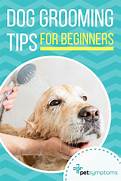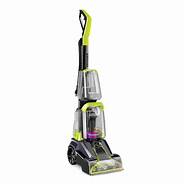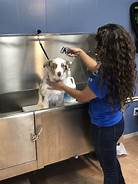Do It Yourself Pet Grooming
Grooming your pet at home can be a rewarding experience for both you and your furry friend. Not only does regular grooming help keep your pet looking its best, but it also plays a crucial role in their overall health and well-being. Here are some tips and tricks to help you get started with DIY pet grooming:

Bathing and Brushing
1. Preparation: Before bathing your pet, make sure to gather all the necessary supplies, including shampoo, conditioner, towels, a hose or spray nozzle, and a brush or comb. If your pet has long fur, consider using a detangling spray to prevent knots.
2. Bathing: Use lukewarm water to wet your pet's coat thoroughly. Apply shampoo, lather it up, and rinse it out completely. Follow with conditioner if desired. Be gentle and avoid getting water into your pet's eyes or ears.
3. Drying: Towel dry your pet as much as possible. If you're in a hurry, you can use a blow dryer on a cool setting. Make sure to avoid using hot air, as this can damage your pet's skin.
4. Brushing: Once your pet is dry, brush its coat to remove any loose hair and tangles. Use a brush or comb that is suitable for your pet's coat type. Regular brushing helps prevent mats and keep your pet's coat healthy and shiny.
Trimming Nails
1. Tools: You will need a pair of nail clippers specifically designed for pets. Make sure they are sharp and clean.
2. Positioning: Hold your pet's paw gently and spread the toes apart. Identify the quick, which is the pink part of the nail that contains blood vessels and nerves. Avoid cutting into the quick, as this can cause pain and bleeding.
3. Trimming: Trim the nails at a slight angle, following the natural curve of the nail. Cut off small pieces at a time to avoid cutting into the quick. If you notice any bleeding, stop trimming and apply a styptic powder to stop the bleeding.
Cleaning Ears and Eyes
1. Ears: Use a cotton ball or pad dampened with a gentle cleanser or ear cleaner specifically designed for pets. Gently wipe the outer ear, taking care not to insert anything into the ear canal. If you notice any discharge, redness, or odor, consult your veterinarian.
2. Eyes: Use a cotton ball or pad dampened with lukewarm water to gently wipe around your pet's eyes. Remove any discharge or debris that may have accumulated. If you notice any redness, swelling, or discharge, consult your veterinarian.
Dental Care
1. Brushing: Regular tooth brushing is essential for maintaining your pet's oral health. Use a pet-specific toothpaste and a soft-bristled toothbrush. Gently brush your pet's teeth, paying attention to the areas near the gum line.
2. Dental Chews: Dental chews can help remove plaque and tartar from your pet's teeth. Choose dental chews that are approved by the Veterinary Oral Health Council (VOHC).
Home Grooming Schedule
The frequency of grooming will depend on your pet's breed, coat type, and lifestyle. In general, aim to bathe your pet once a month or as needed. Brush your pet's coat at least once a week, and trim their nails as needed. Clean your pet's ears and eyes weekly, and brush their teeth at least 2-3 times a week.
Declaration: All article resources on this website, unless otherwise specified or labeled, are collected from online resources. If the content on this website infringes on the legitimate rights and interests of the original author, you can contact this website to delete it.





